If there’s one thing that precedes my love for cats, it is my love for elephants. My heart has beaten for these swarthy body-builders ever since my teenage days, when my size-seven feet would trail their significantly larger footsteps in the forests of Karnataka.
And beaten twice as fast when at the receiving end of an occasional charge.
Perhaps it’s their dung that first got my attention. If you walk through a forest inhabited by them, you find their intestinal signature generously punctuating your path, its freshness being directly proportionate to the adrenaline that flows through your veins.
Then, once you’ve spotted the giver of the waste, there’s their size – I mean, they’re not easy to miss despite poor eyesight, even when they think they’re hiding. If your view is blocked by thick vegetation, you have their strong, musty smell they freshen the air with wherever they go. Even if you have a cold, you can count on their audio adverts as they go about breaking branches, peeling barks and generally restructuring the landscape to their liking. Add to that the occasional terrifyingly strident trumpet and you have your vital survival cue for course correction when you’re walking straight towards trouble. All this makes it quite obligatory on your part to pause and take notice.
But it is what happens when they notice you that captured my imagination. They go quiet – eerily quiet – and still. Even their ever-flapping ears freeze as they meditate over your vexing presence, contemplating whether to run towards or away from you, assessing whether you’re a problem and if yes, how to deal with it. You better not look like a problem then, or be bloody good at running to the nearest tree and getting to its top-most branch with simian agility – if you are to see another elephant in your life.
Left to themselves, though, and given privacy and security, they really are gentle giants, as advertised. I like to call them ‘towers of peace.’
All this is fine, but to let a badly kept secret out where it already was – in the open – I’ve always had a special love for the African edition of this species. For apart from all the loveable idiosyncrasies they share with their Asian cousins, African Elephants have the added attractions of delightfully proportioned silhouettes, adorably disproportionate ears and ‘tuskular’ equality between genders!
So as I sat with the wife dreaming of them, breaking my bread and swallowing some wonderful soup in the Amboseli Serena Lodge on literally our first day on Kenyan soil, I saw my first wild African elephant – right from the dining hall!
A truly amazing thing about Kenyan parks is the opportunity to stay within their boundaries, right in the midst of their wildlife, and so at any time you care to look out, you begin seeing what you travelled thousands of miles to see, merely metres away from the lodge, which can be exciting. Laxatively exciting.
But because we sought closer views of them and many more elephants and from closer quarters, at 4 p.m. we bundled ourselves into our minivan and set out in search, first being greeted by a couple of wildebeest and then a beautiful Kori Bustard. Then came a Blacksmith Plover and a Crowned Plover, and then a female Masai Ostrich – a plethora of distractions to the quest of finding our primary target.
For although these were towers we were after, they were no towers with fixed residential addresses. Their mobility made it a bit harder to track them than towers of the concrete kind but we got there soon enough aided by the vast tracts of virgin land we navigated in.
It was when we were photographing a pair of magnificent Grey Crowned Cranes that I spotted one right from the corner of my left eye, through the 100% coverage viewfinder of a D800; just to the left of and above the left-most autofocus point – completely irrelevant information that is meant to cause further distraction and let you feel what it is like!
But then things happened fast and relevantly. Within microseconds my heart jumped and nanoseconds later I wanted to reach there sooner than immediately. We took a little longer than that to get there.
What follows are the visuals we were treated to when we did.
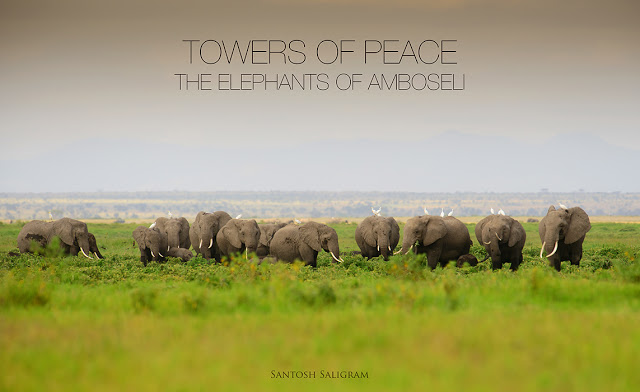

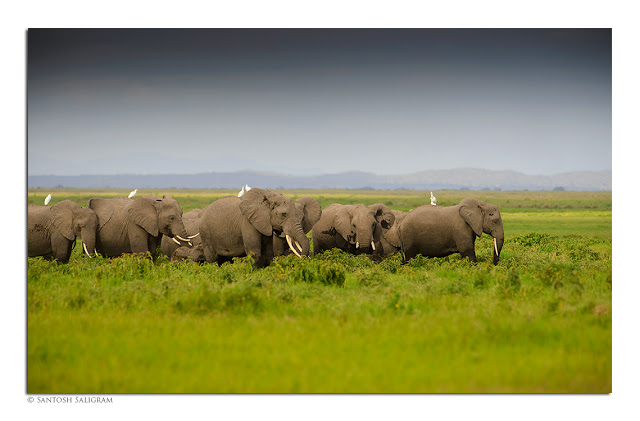

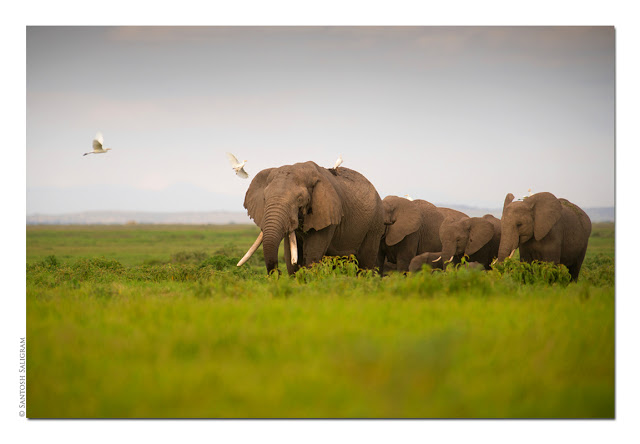




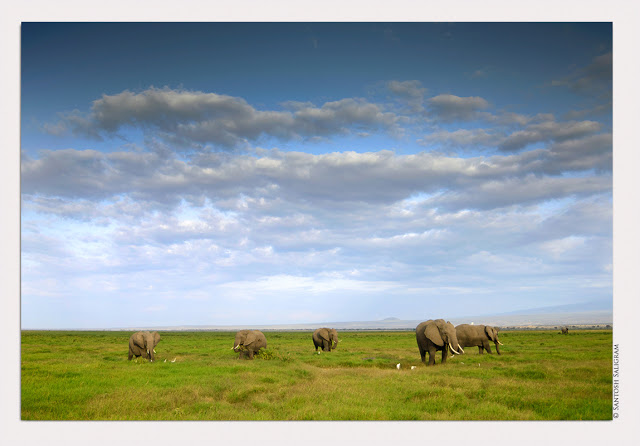

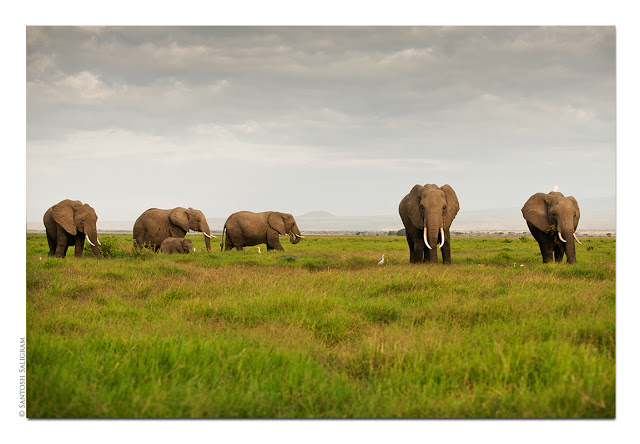



Fantastic post, Santosh!
LikeLike
Thank you, Gaurav!
LikeLike
Excellent info sir..Now even i have started dreaming of a Kenya tour with my wife:)
LikeLike
Each pic is a beauty! Love these lovely animals…just can't wait when I will get a chance to visit this wonderful place! 🙂
LikeLike
Excellent pics, but very sophisticated language…
LikeLike
Thank you, Manoj; and good luck!
LikeLike
Thank you, Divya! You can join us on one of our trips in the future. 🙂
LikeLike
Thank you, Samanth.
LikeLike
Wonderful images Santosh. Loved each of them and the narration is superb.
LikeLike
Thank you, Abhi!
LikeLike